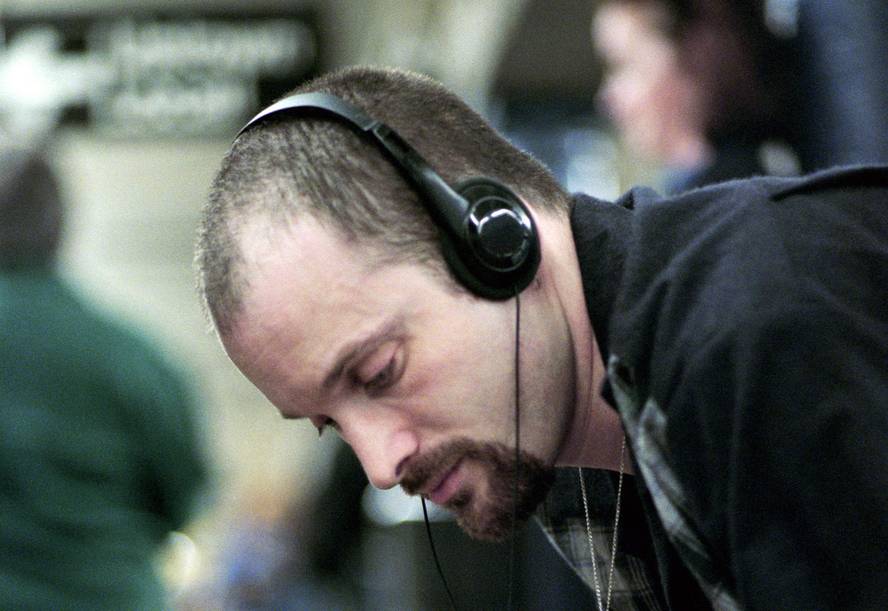The incorporation of epithelial stem cells has allowed the regeneration of the hair in the mouse

Researchers at the Perelman School of Medicine at the University of Pennsylvania have developed a system for converting adult stem cells into epithelial stem cells.
The work carried out in the publication Nature Communications has allowed people mocked to have hair again, among other things because the researchers have managed to have mice create a new hair. According to the scientists who have carried out the research, in the future the research will expand the possibility of regenerating hair in people who are mocked.
By controlling the growth factors of stem cells, the team led by Xiaowei Xu has shown that potential stem cells can be programmed to produce epithelial stem cells in large quantities.
The epithelial stem cells obtained have been mixed with follicular induction cells from the dermis of the mice and have integrated into the skin of the immunoguuchated mice. The researchers have been able to demonstrate that inserted cells are capable of generating human functional epidermis. Not only that, they have also created follicles with a structure similar to that of the human hair follicles.
This is the first time that epithelial stem cells are created capable of creating essential components of the hair follicles. It is the first time that they are generated in measurable quantities,” said researcher Xu.
In spite of the great advance, the day in which the donules once again have their hair is still far away, since the epithelial stem cells from totipotential cells cannot be used in humans. Xu explained that follicle hairs, in addition to epithelial cells, have stem cells called dermis papillas, and “when people lose their hair they lose both types of cells. We have given solution to an important problem related to the epithelial component of follicle hair. Now we have to find a way to create the right papilas. But for the moment nobody has been able to get it,” explains Dr. Xu.
The team led by Xiaowei Xu began to investigate with dermis fibroblasts. In a first phase of the research, by adding different genes to fibroblasts, they managed to transform into induced totipotential stem cells (iPSC), and subsequently transform totipotential stem cells into epithelial stem cells.






